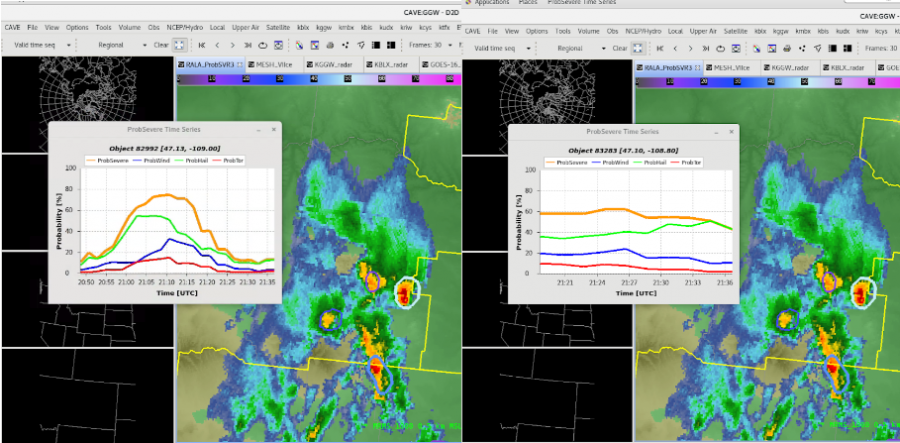The “All” winds display setting was useful in combining the multiple layers of wind data, however, without a proper understanding that the winds displayed (and subsequently shaded), a user may incorrectly infer regions of convergence/divergence. I found it useful to ‘build’ the wind layers from the top of the atmosphere (100-50mb) down, to see in which layer the winds displayed where located.
Circled in red are areas that one might incorrectly infer the presence of strong speed divergence, when, while divergence may be present, the winds displayed are at different levels of the atmosphere based on the level of the optical wind sensing. Perhaps there is a way to color-code the wind barbs to correlate height / pressure level (Red for surface with a gradient toward blue for 100mb, or so)?
– Guillermo

